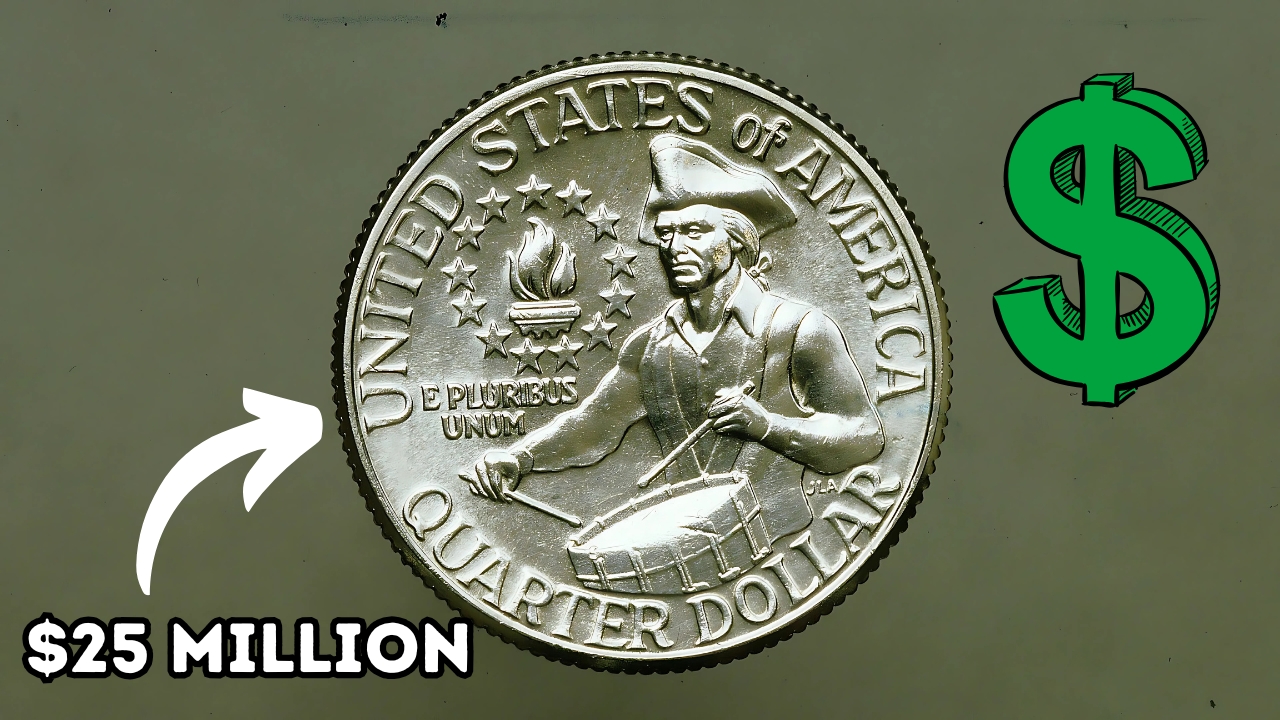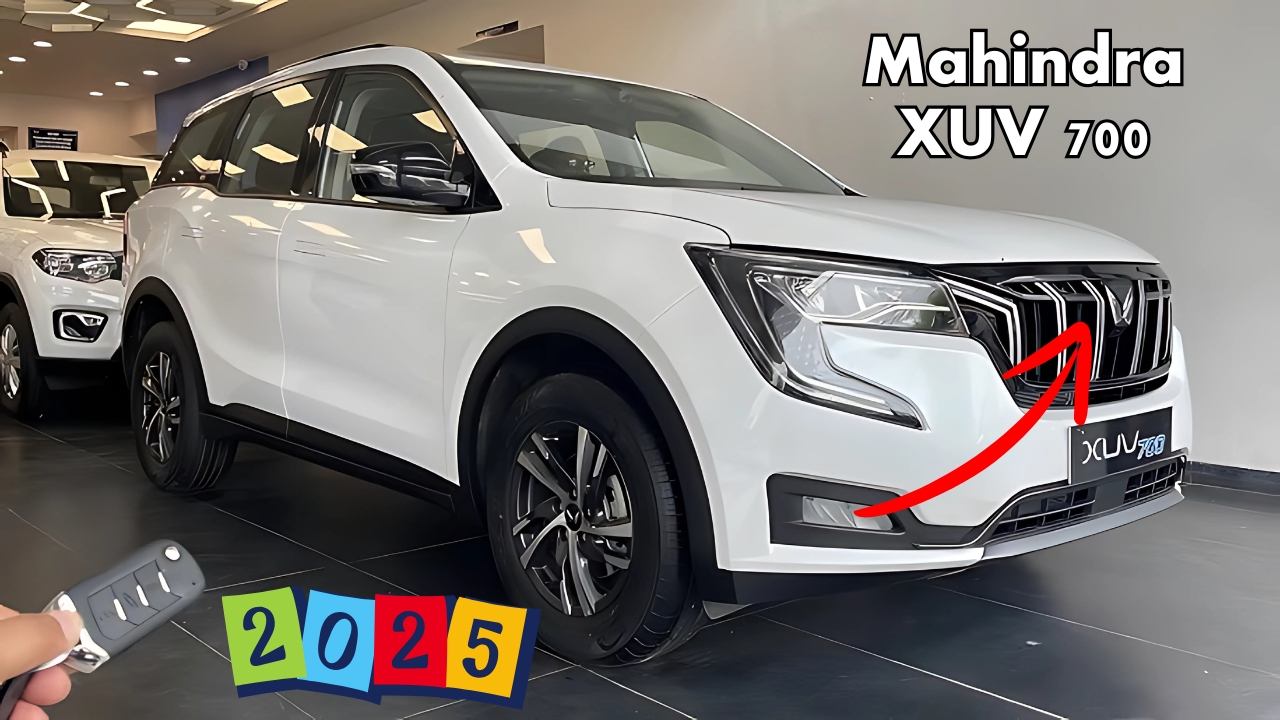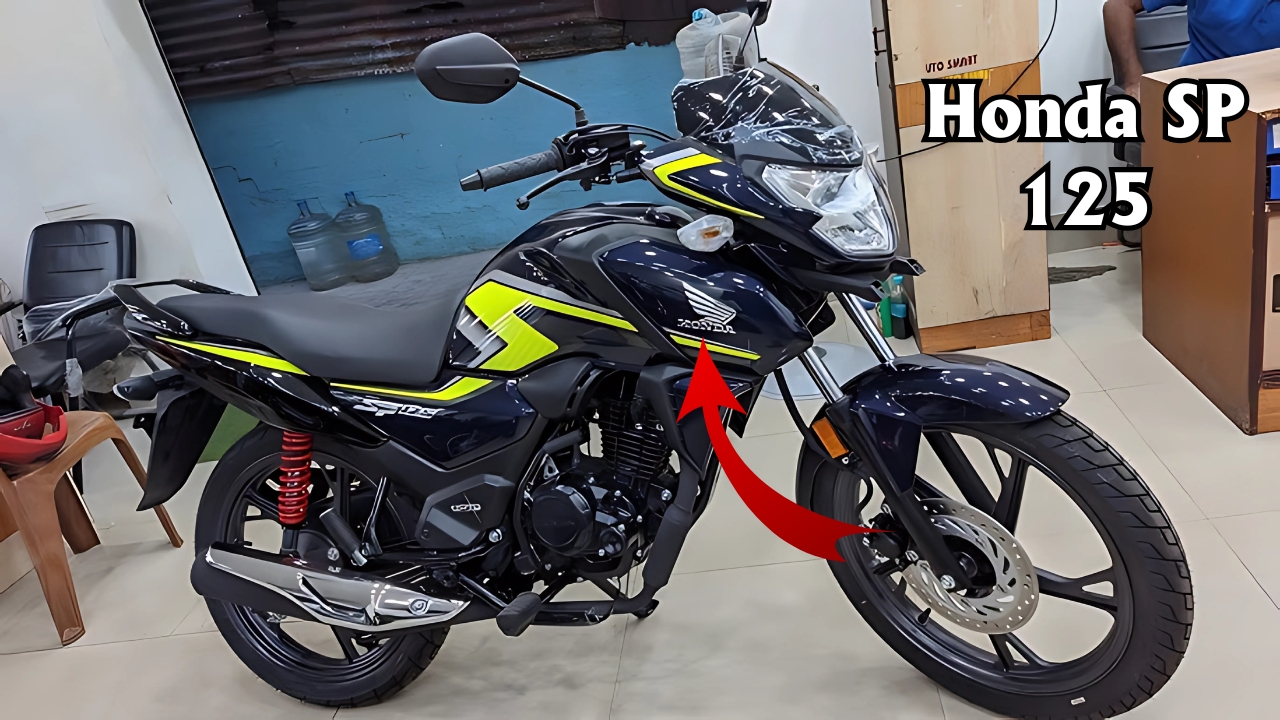Rare Bicentennial Quarter : Among the spare change that accumulates in cash registers, jars, and perhaps even your own pocket, there exists a captivating treasure of numismatic history—a Bicentennial quarter that could be worth an astonishing $25 million.
This isn’t a gimmick; it represents the actual valuation of a remarkable minting error that continues to evade collectors, while it might be circulating in everyday transactions across the country.
The United States Mint created Bicentennial quarters between 1975 and 1976 to celebrate America’s 200th independence anniversary.
These unique quarters display a colonial drummer on the reverse side and feature dual dates (1776-1976) on the front.
Despite the production of over 1.7 billion of these commemorative quarters, making them quite prevalent in circulation today, one very rare version stands out—the one where only a few are believed to exist, with just one verified instance known to the numismatic community.
The $25 Million Error: What Makes It Special
This incredibly valuable quarter emerged from what experts designate as a “double-die obverse” coupled with an overdate error specific to the Bicentennial design.
In simpler terms, the die used to strike this coin was pressed twice at slightly different angles during the production process. This created a subtle doubling effect that can be seen on Washington’s profile, especially noticeable around the date and lettering.
What elevates this error coin’s value well above other double-die quarters is the distinct combination of factors:
-
The error is specific to the distinguished Bicentennial design
-
The doubling most prominently shows on the dual dates (1776-1976)
-
The coin was struck on a copper-nickel planchet rather than silver
-
The error originated at the Philadelphia Mint (which has no mint mark)
“This is an extraordinary convergence of error coin circumstances,” explains Lawrence Shepherd, a respected numismatic expert focusing on American currency.
“You have a historically significant commemorative design paired with a substantial minting mistake that interestingly bypassed quality control during a time of increased interest in coin collecting.”
Verification Challenges and Authentication
The immense value attached to this unique error has caused significant challenges for authentication.
Many collectors have claimed to own the elusive quarter, yet almost all the submissions for professional verification have turned out to be altered coins or examples of machine doubling (a manufacturing flaw that looks similar but is fundamentally different from a true double-die error).
Top coin authentication services like the Professional Coin Grading Service (PCGS) and the Numismatic Guaranty Corporation (NGC) have set stringent standards for verifying potential examples.
Both organizations rely on advanced microscopy and comparative analysis with known characteristics of the validated specimen.
“We review hundreds of Bicentennial quarters every year from eager owners,” states Maria Santiago, a senior authenticator at PCGS. “The genuine coin exhibits specific traits of doubling that cannot be mimicked through post-mint alterations.
The doubling is especially prominent on the ‘776’ of the dual date and shows consistent elevation across the impacted areas.”
Still in Circulation: The Ongoing Hunt
What adds an exciting twist to this narrative is the possibility that more examples of this ultra-rare error are still in circulation, hiding in plain sight.
In contrast to several valuable coins that were quickly taken out of circulation due to their silver content or obvious features, the Bicentennial quarter error looks quite similar to standard quarters at a casual glance.
Coin roll hunters—enthusiasts who sift through bank-wrapped rolls of coins looking for valuable finds—have made it a priority to search for the Bicentennial quarter.
Online communities dedicated to coin hunting boast thousands of members who meticulously examine millions of quarters each year.
“Most valuable coins from the 20th century were withdrawn from circulation long ago,” notes Robert Finkelstein, founder of the American Rare Coin Fellowship.
“This specific quarter may represent one of the last great treasures still potentially lost among everyday change. Its value keeps rising precisely because of its rarity and the increasing interest from collectors.”
What To Look For
For those eager to uncover numismatic treasure, experts suggest carefully inspecting any Bicentennial quarters for these particular features:
-
No mint mark (indicating it came from the Philadelphia Mint)
-
Visible doubling on the date, especially the “776” portion
-
Doubling on the words “LIBERTY” and “IN GOD WE TRUST”
-
Standard copper-nickel color (not silver)
However, experts emphasize that authentic verification requires professional assessment.
Given the potential for values to soar into the millions, the market has unfortunately seen numerous altered coins and counterfeit specimens.
For many, the pursuit of this rare quarter embodies a tantalizing prospect; the idea that pocket change might hold life-altering value transforms the hunt into a thrilling modern-day treasure quest that anyone can embark upon, provided they examine their coins with diligence and care.






